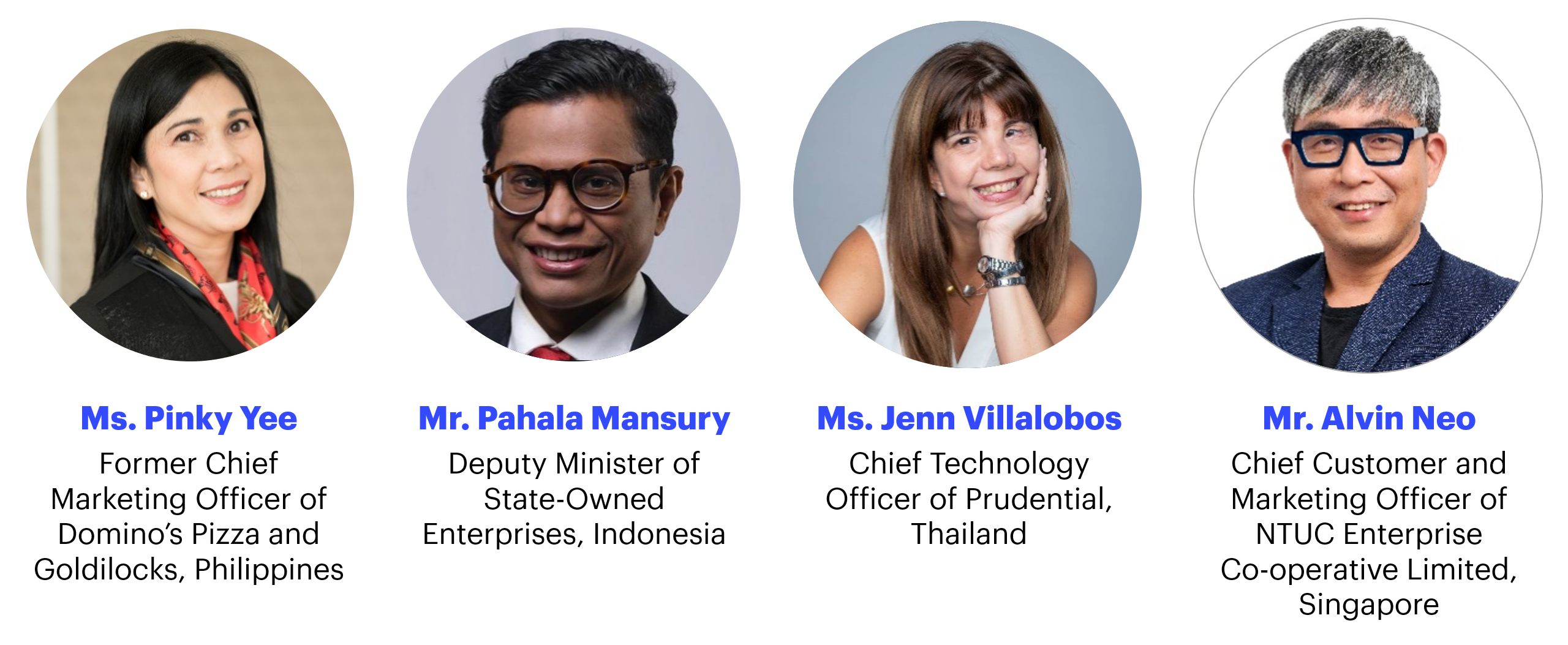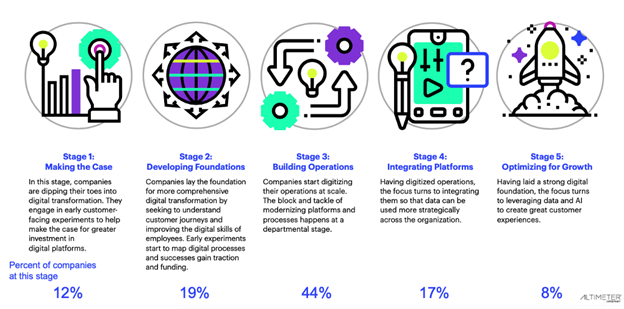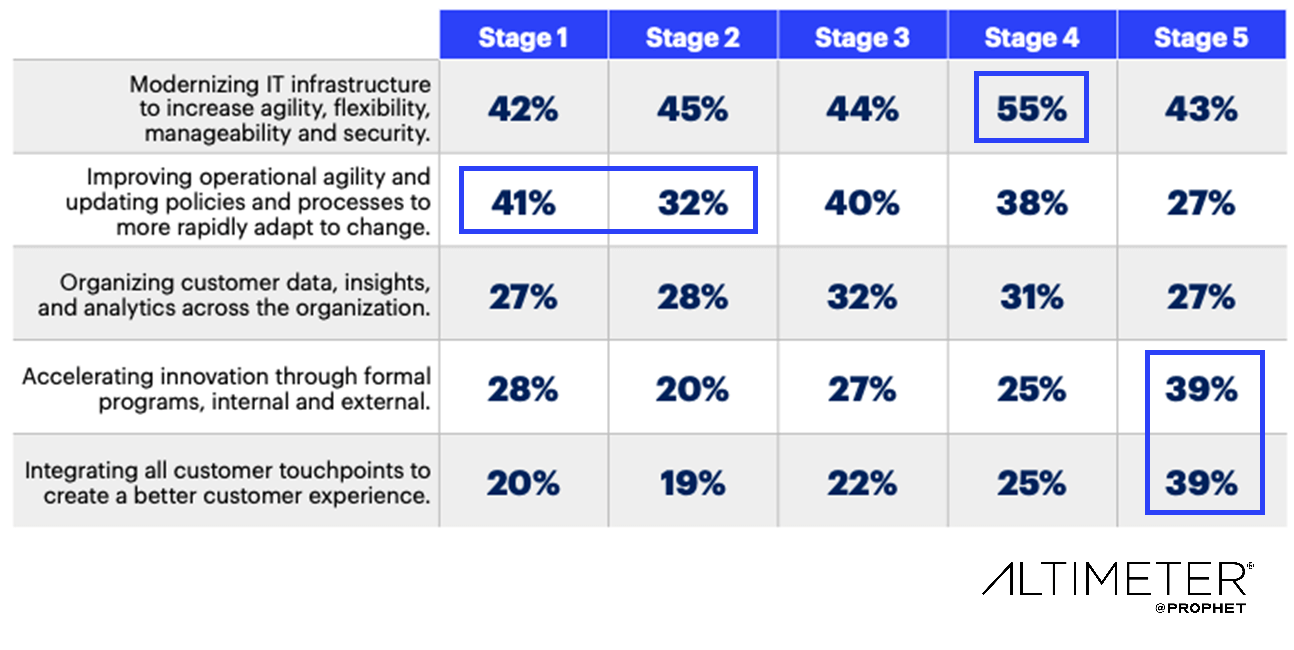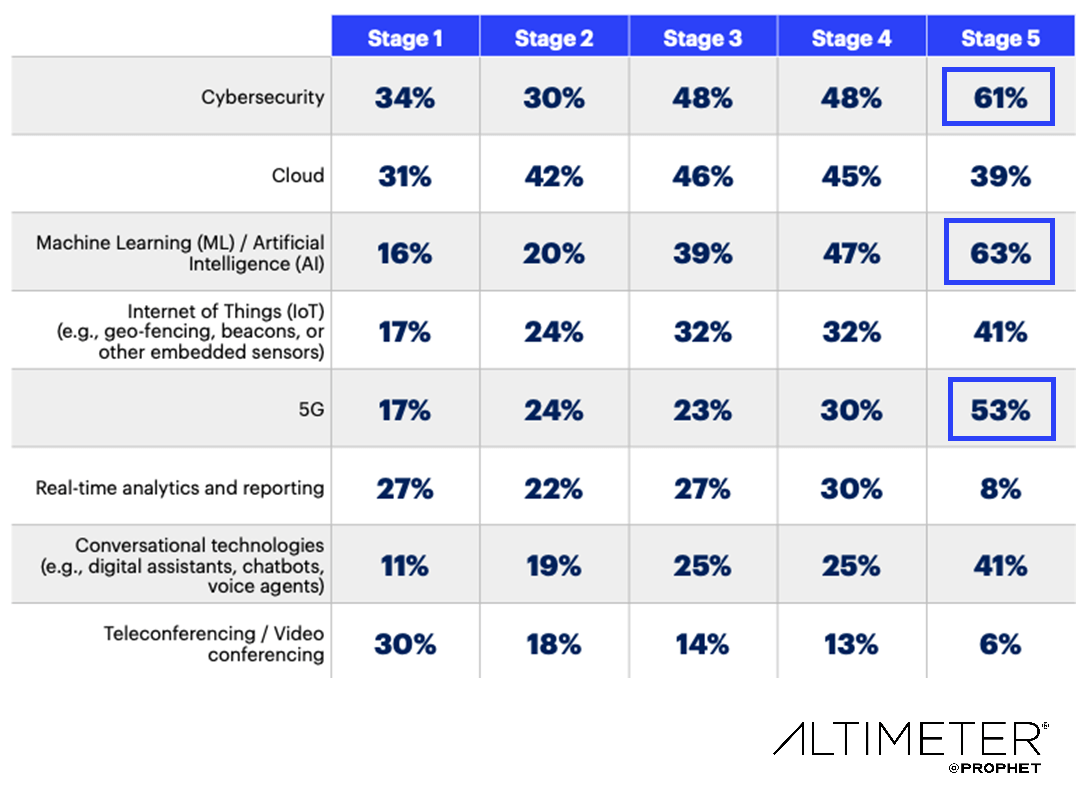BLOG
The Transformation of Southeast Asia: Innovation Wins over Digital-First Customers
Leaders from Thailand, Philippines, Indonesia and Singapore weigh in on the region’s unique digital readiness.
With brick-and-mortar businesses halted, supply chains crashed down and trust towards existing brands and practices shaken, opportunities for digital businesses have emerged out of the pandemic. In Southeast Asia (SEA) particularly, we have seen tremendous growth of the digital economy as customers across the region rapidly shifted to online last year.
To better understand the trends that have transformed the digital landscape in SEA and the implications for brands to maintain their relevance, we interviewed four key marketing and digital experts across the region.

The Unique Digital Culture in SEA
SEA is a huge digital market with an Internet economy projected to reach $200 billion within the next four years [1]. While the region’s excitement for digital discovery and friendly start-up climate offers many of the unique regional strengths for businesses, leaders and marketing specialists need to consider local, cultural nuances and avoid taking a monolithic approach to best capture opportunities in the region.
Here are three important cultural traits and market trends for businesses to consider:
1. A Digital-Ready Culture
SEA is one of the world’s fastest adopters of digital transformation. This is driven by a rising power of consumption, a strong start-up climate, cheap and accessible devices and a youthful, tech-loving population that has embraced e-commerce and social media. Currently, the region has incubated over seven thousand start-ups and 12 unicorns.
Marketing towards digital and non-digital customers alike will be a more fast-moving process than it is in more developed regions, as the local consumers do not need to get rid of old practices to embrace the new. This would also be a challenge for brand specialists as customers of the region will respond quicker, requiring swifter actions towards changes.
“We are observing a youthful segment in Thailand that is extremely open to digital tools and solutions like Fintech and digital banking that other people may have concerns about.”
– Ms. Jenn Villalobos
2. Street-Based Digital Economy
Throughout SEA, micro-businesses permeate every aspect of consumers’ lives as people rely on smaller mom-and-pop shops to purchase groceries, pay bills, make transfers and more. For instance, in Thailand, small convenience stores are the starting point of the country’s digital economy. TrueMoney, one of Thailand’s biggest payment providers, partnered with convenience stores allowing users to directly top up their TrueMoney wallets by purchasing recharge cards at the stores. The TrueMoney wallet can then be used to transfer money, shop online and buy goods from the convenience store via digital payments [2]. This example, alongside many others, shows that digital innovation should complement and fit into customers’ existing consumption habits as part of the unique local culture.
3. Burgeoning MSMEs That Require E-Business Support
The rapid growth of the SEA economy is led by the burgeoning MSMEs (Micro, Small, Medium Enterprises), which employ over 80% of the workforce. However, the intrinsic characteristics of MSMEs make it difficult for these companies to benefit fully from the e-commerce ecosystem. less than 20% of such enterprises were able to benefit from the trend [3], according to International Think Tank Chairman Professor Syed Munir Khasru. Greater training and support on infrastructure, equipment and technology proficiency is required for the MSMEs to participate in the digital boom.
“Leaders and marketing specialists need to consider local, cultural nuances and avoid taking a monolithic approach to best capture opportunities in the region.”
How Global Businesses Can Innovate to Win Better in SEA
At Prophet, we believe the most relevant brands always win when people can integrate them into their everyday lives. We believe there are four major pillars in the modern approach of creating and maintaining relevance. These pillars guide brands to stay relevant and constantly on the cutting edge.
Additionally, brands must also take a localized approach to digital innovation by having a deep understanding of consumer behaviors in each of the SEA markets. By becoming customer-obsessed, pervasively innovative, ruthlessly pragmatic, distinctively inspired and locally relevant, brands are equipped to delight customers and continue to lead their categories.
Customer Obsessed: To deliver personalization successfully requires leveraging customer data and creating a value exchange where customers provide brands access to their data in return for additional value in their product, service or experience. This results in customers receiving experiences that are individually tailored to their specific needs at a specific moment in time, which allows brands to strengthen their relevance with their target audiences.
“We are stepping into a new era of personalization known as self-customization, where customers can choose what they want for themselves and to do this we need to create a meaningful data exchange with our customers – if we are able to achieve that then we will have achieved customer obsession.”
– Mr. Alvin Neo
How to Innovate: Refresh your existing segmentation by taking an insights-focused approach. This will help your business identify opportunities for new customer engagements and data exchange to create personalized offers that deliver greater value.
Pervasively Innovative: Brands that maintain leadership does not rest on their laurels. Even as industry leaders, they push the status quo, engage with customers in new and creative ways and find new solutions to address unmet needs. This also ties in with being customer-obsessed. Brands can use their innovation to cater to their customers’ needs.
“We are viewing innovation through the eyes of the customer rather than from the company’s standpoint. It’s a completely different perspective because we aim to truly realize our customer’s needs.”
– Ms. Pinky Yee
How to Innovate: Review enterprise-wide value chains to identify a new business model and revenue opportunities that are centered on digital-first offers.
Ruthlessly Pragmatic: As COVID-19 has shaken brand loyalty for many customers, brands need to make sure their products are available where and when customers need them, deliver consistent experiences and simply make life easier for their customers. At the same time, brands need to ensure their offerings address customers’ changing priorities given the challenges posed by the pandemic, such as creating contactless, digital experiences that meet customers’ heightened awareness of their own personal health and safety.
How to Innovate: Build new online presence and direct-to-customer, O2O models that are not only frictionless but also contactless to guarantee safer, healthier interactions with customers.
Distinctively Inspired: It is important in such trying times to let customers know powerful brands and companies are giving back to the community. To stay relevant, these brands make emotional connections, earn trust and often exist to fulfill a larger purpose.
During our interview with Pinky Yee, the former CMO at Domino’s Pizza, Pinky shared the interesting case of San Miguel, who turned its gin line into hand sanitizer and donated it to local hospitals in the Philippines. This campaign has received a lot of local traction as it showed its social commitment during a time when it was needed most.
How to Innovate: Deploy resources and assets towards use cases that align your brand purpose with opportunities to give back and to deepen existing relationships with your target audiences.
Locally Relevant: With more customers trying new brands and products, we are expecting many smaller brands to benefit from such loyalty shifts. A critical factor we find in how customers make their decisions when choosing a new brand is how locally relevant a brand is.
Speaking to our experts has helped us understand that amongst big foreign multinational corporations, localization is limited or still feels disconnected from local customers. This is a key understanding to succeeding in SEA where there are a lot of different countries and each with its own cultural nuances. Marketing with the right strategic channels in every geography is also important.
How to Innovate: Develop country-specific go-to-market plans and leverage local partnerships to create localized product and experience offers that strengthen credibility and relevance with customers
—
References:
[1] The e-Conomy SEA 2020, https://storage.googleapis.com/gweb-economy-sea.appspot.com/assets/pdf/e-Conomy_SEA_2020_Report.pdf
[2] Deloitte “The Next Wave” Emerging digital life in South and SEA, https://www2.deloitte.com/content/dam/Deloitte/cn/Documents/technology-media-telecommunications/deloitte-cn-tmt-inclusion-en-200924.pdf
[3] According to Professor Syed Munir Khasru in an opinion written for South China Morning Post, Jun 2021, https://www.scmp.com/comment/opinion/article/3135868/key-aseans-post-pandemic-recovery-digital-transformation
FINAL THOUGHTS
To win in SEA, brands can pull different levers to deliver on brand relevance. At the same time, brands must also take a localized approach to digital and innovation by having a deep understanding of consumers’ digital behaviors in each unique SEA market.
To learn more about how to build brand relevance in Southeast Asia, contact us today!













